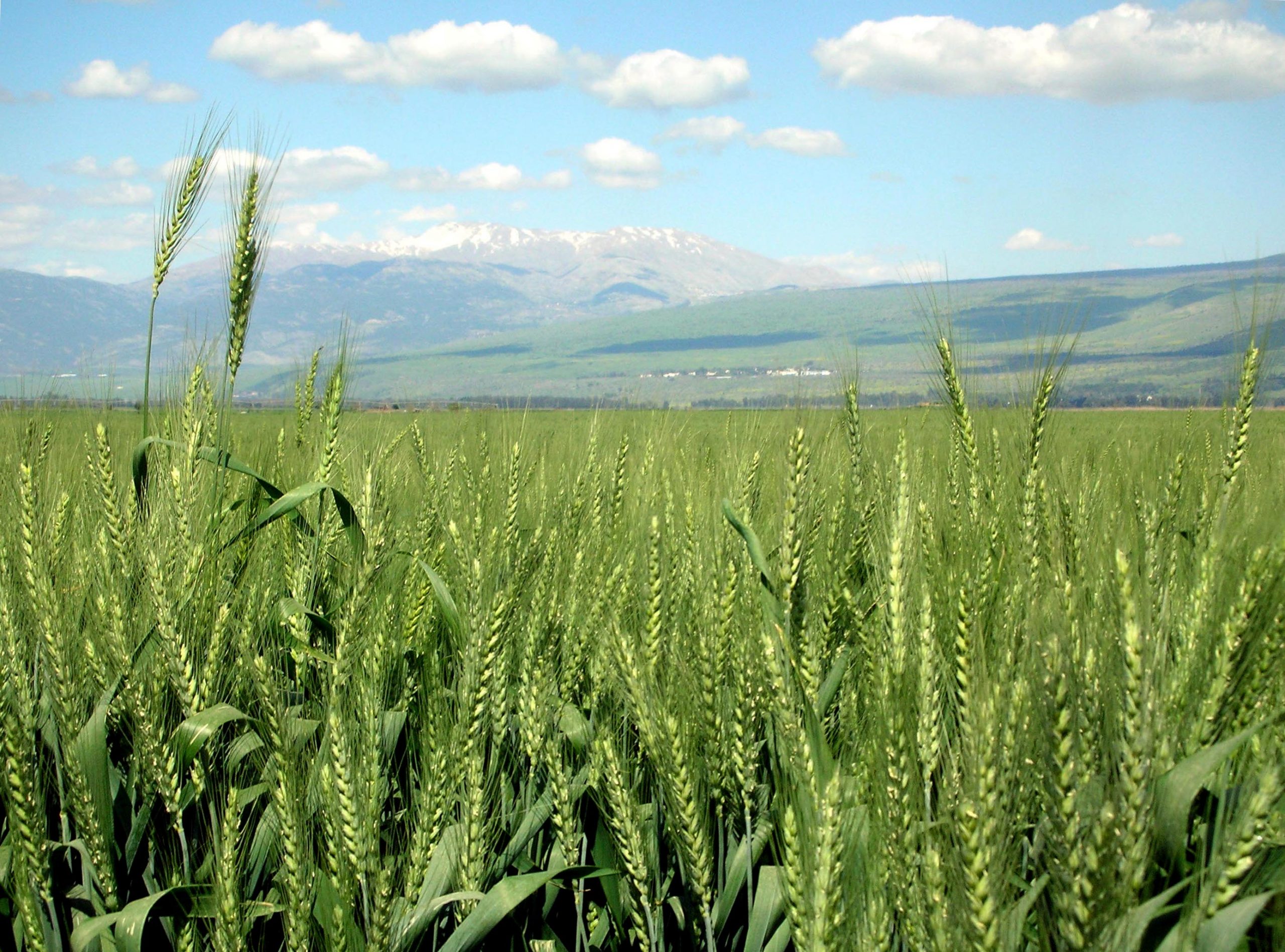22.1: Green Revolution
- Page ID
- 132599
The Green Revolution
Beginning in the 1960s, at a research station in Mexico, the Green Revolution would start. Here, Norman Borlaug developed a disease-resistant strain of dwarf wheat that increased yields of the grain worldwide, especially in developing nations facing high population growth and the threat of famine. At that time, Mexicans had been not been planting much wheat because
- a fungus, called 'stem rust' reduced their yields so much they couldn’t make a living
- the plants grew too tall when heavily fertilized and then “lodged” or fell over prior to harvest
The process to create a new strain took ten years and over 6,000 cross-breeding experiments with different types of wheat. Once a new variety was created, scientists discovered it could be planted twice a year. Between 1950 and 2000, Mexican wheat yields increased between 400% and 500%.

In the 1960s, the program was exported to India, which was facing famine. Even though the United States farmers shipped a fifth of their wheat production to India, it simply was not enough. India’s population had crossed the 500-million mark in 1966, and crossed 700 million in the early months of 1981. (Today, the population is 1.38 billion). With the Borlaug seed program, India became self-sufficient in all cereal grains and the USAID (US Agency for International Development) began calling Borlaug’s work a Green Revolution. Since the 1960s India’s food production has increased faster than population growth. By 2000, India was producing 76.4 million tons of wheat.

India’s improved crop yields have made it a net exporter of wheat. The nation’s exceptional agricultural turnaround was made possible by Borlaug’s new wheat, as well as the extensive use of fertilizer, irrigation, and machinery. The improved crop and techniques have prevented up to 100 million acres of virgin land from being converted to farmland. This savings amounts to 13.6% of India’s land, or about the area of California in the United States. Borlaug had predicted that as the world population continued to rise, only new crops and improved farming techniques would save the world’s remaining forests and uncultivated lands.

Although the Green Revolution has undoubtedly saved lives and allowed populations to increase dramatically, Borlaug and the Green Revolution have been criticized for bringing capital- and energy-intensive western agricultural techniques to regions of the world that had once relied on subsistence farming. Western-style farming tends to reward large-scale operators, manufacturers of agrochemicals, and machinery. Widening social inequality and expanding farmer debt has led to issues like the suicide crisis in India.
Activists, such as Vandana Shiva, have argued that 80% of the world’s population is actually fed by the produce of subsistence farmers rather than the industrialized agriculture highlighted in the Green Revolution. If this is true, then maybe the claims of the “revolution” are overblown.
Shiva claims that the number one factor in the rapid improvement of yields in India has been increased water use, not fertilizers or Borlaug’s “miracle seed”. In addition, she believes this increased irrigation is unsustainable, based on the rapidly sinking water table across much of India. She further charges that by using language like “miracle seed”, the Green Revolution has become more a mythology than scientific, data-driven reality.

Lastly, Shiva is an important activist against Genetically Modified Organisms (GMOs). Although Borlaug’s dwarf wheat was not produced by the types of genetic manipulations currently used to produce GMO crops, some people still resent it as a human intrusion on nature’s processes. Toward the end of his life, Borlaug criticized people who questioned the Green Revolution as elitists who had never gone hungry. But, he also admitted that although his contribution had helped save many lives, it had not created a Utopia.

